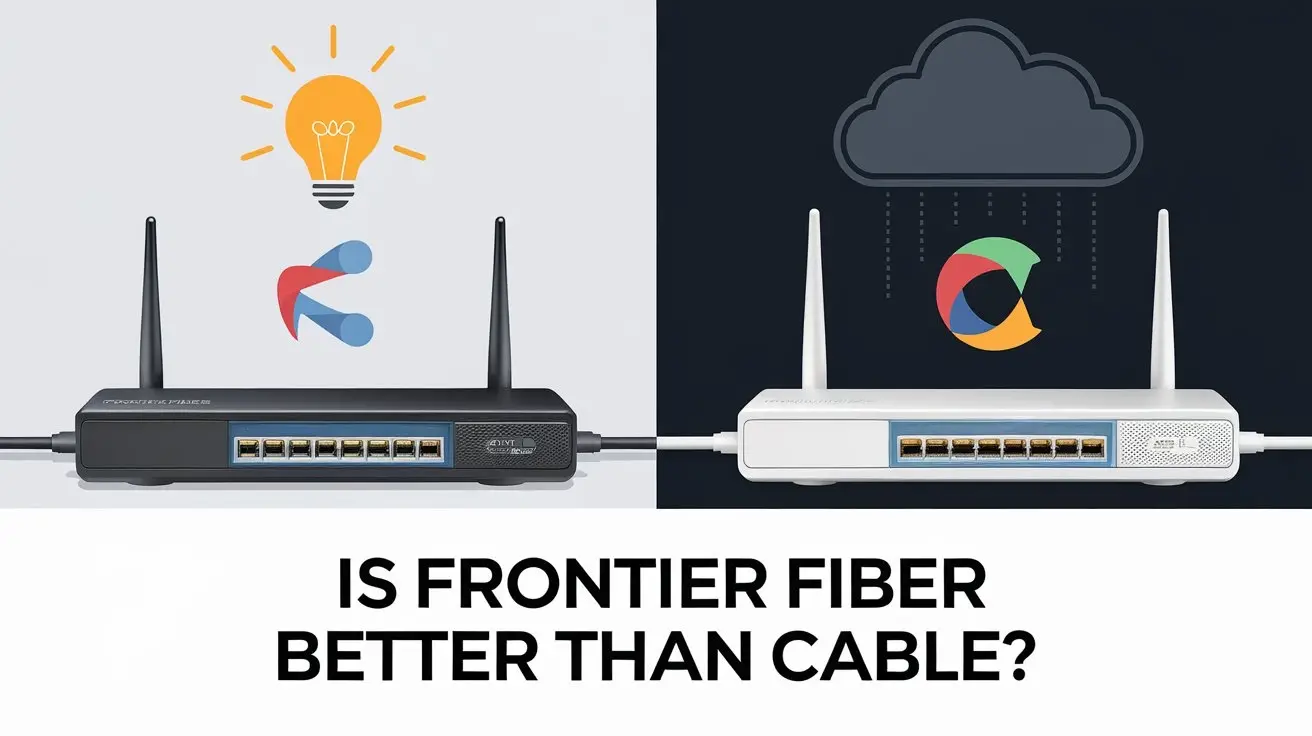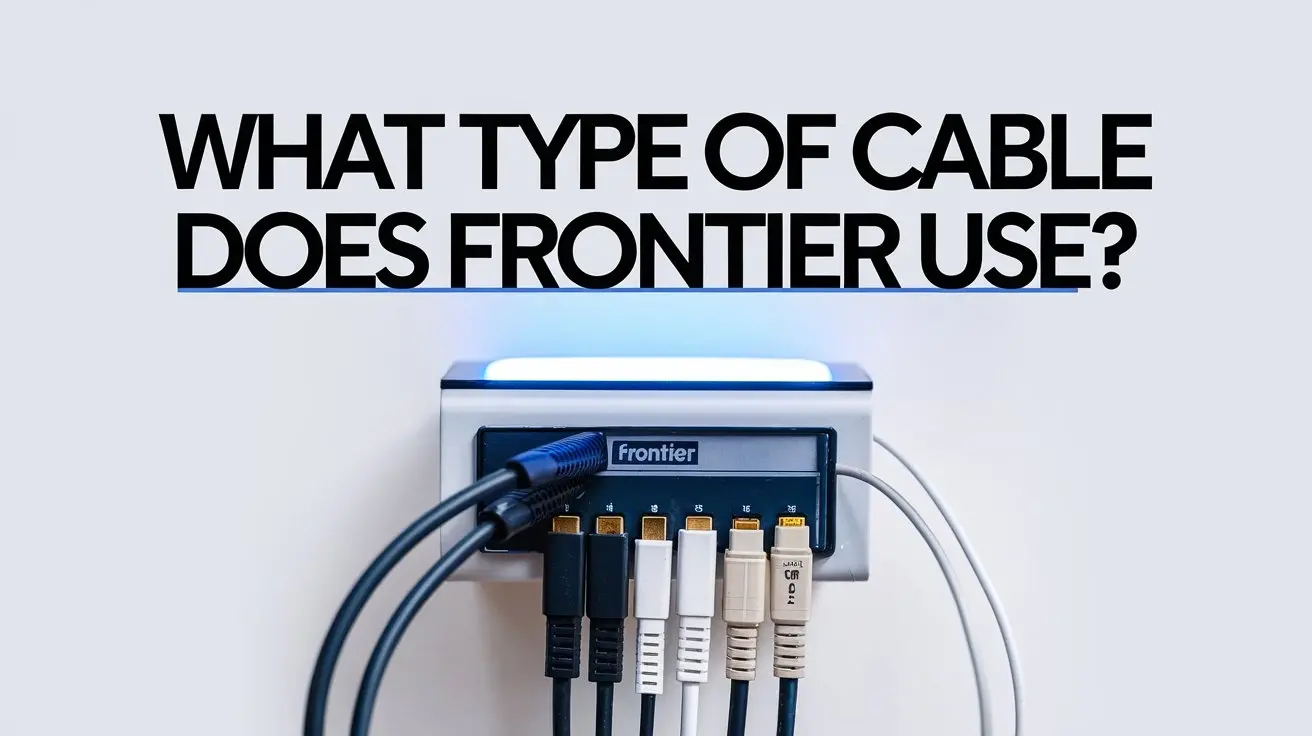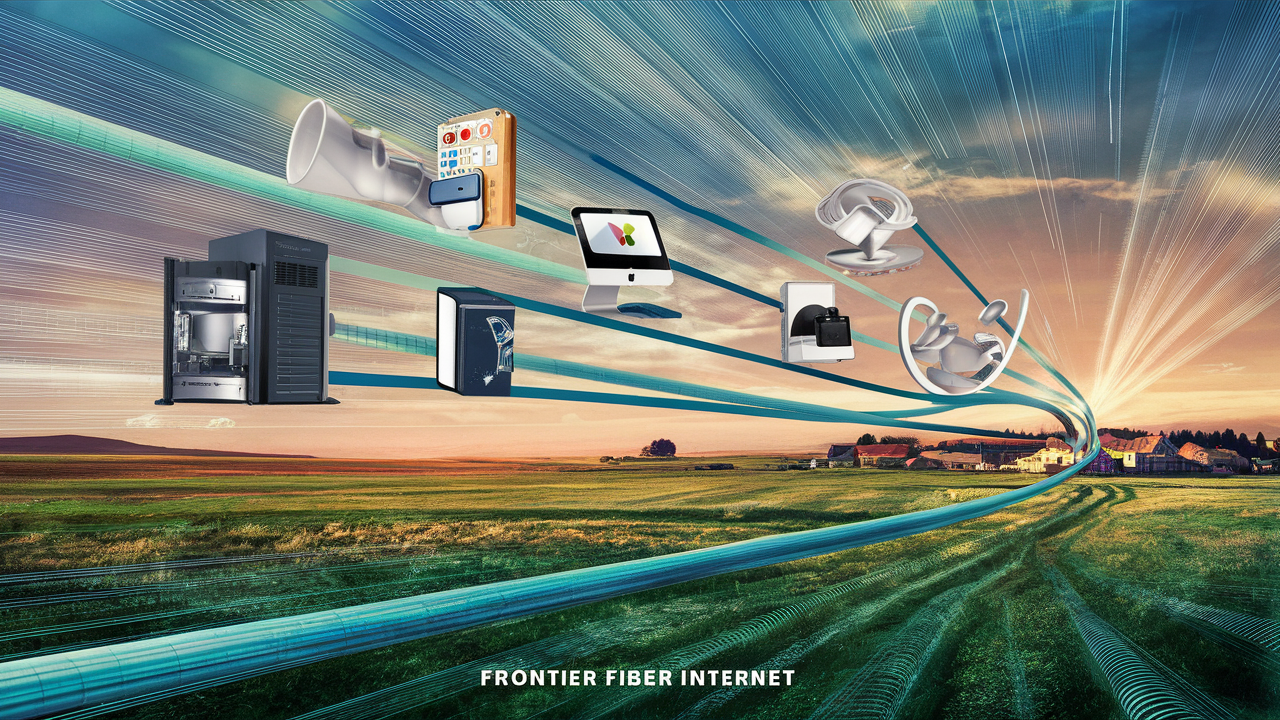Verify Fiber Internet Availability in Your Area

In today’s world, having good internet service is very important. Fiber internet, including gigabit internet, is a big change, giving us fast and reliable internet. It uses special technology to send data through thin glass fibers as light beams. This method allows for super-fast data transfer that gets close to the speed of light. This article will help you check if fiber internet is available where you live and look into the benefits it offers.
Understanding Fiber Internet Technology
Fiber internet is a type of broadband connection. It uses a network made of fiber optic cables to send data. Unlike cable internet, which uses copper wires, fiber internet uses light to provide the fastest speeds. This allows it to offer very high speeds.
Fiber internet has thin strands of glass fibers surrounded by insulated cables. These cables send data using light pulses. This method means faster download speeds and quicker upload speeds. Overall, you get a better experience online with fiber internet.
The Basics of Fiber Internet
A fiber network uses special fiber optic cables to send internet signals. These cables are made of very thin glass fibers. They use light signals to carry data, which allows for fast speeds and large amounts of data. This advanced technology gives fiber internet better performance and reliability than other types of internet services.
To connect your home or business to the fiber network, you need an optical network terminal (ONT). This device changes the light signals in the fiber optic cables into electrical signals that your devices can use. The ONT is the final part of the fiber connection. It links the fiber network to your internal network.
Using light to send data through fiber optic cables allows fiber internet to get speeds close to the speed of light. This fast data transfer means much quicker download and upload speeds, along with low latency. This results in a smoother and faster online experience.
How Fiber Internet Compares to Other Types?
Fiber internet is known for being faster and more reliable than other internet types, like cable and DSL. Let’s see how it compares:
-
Cable Internet: Cable internet gives decent speeds, but it usually cannot match the upload and download speeds of fiber internet. It uses coaxial cables, which may have signal problems and slower speeds, especially when lots of people are online at the same time.
-
DSL: DSL stands for Digital Subscriber Line. It uses existing telephone lines to connect to the internet. While DSL is common, it usually has much slower speeds than both cable and fiber internet. The upload speeds are especially low with DSL.
-
Fiber Internet: Fiber internet uses fiber optic cables and sends data using light. This makes it the fastest and most dependable connection you can get. Unlike cable internet, fiber internet has equal upload and download speeds. This is great for things like video calls, gaming, and sharing big files. Fiber internet is also much faster and less affected by signal problems than DSL. Overall, switching to fiber internet means getting better speed, reliability, and performance compared to regular internet options.
Checking for Fiber Internet Availability
Before you feel too thrilled about super-fast internet, you should check if fiber internet is in your area. Luckily, there are simple ways to find out if fiber is available. This can help you avoid wasting time and feeling frustrated.
You can use online tools made to show fiber coverage areas. You can also contact internet service providers directly to ask about service in your location.
Tools and Resources to Verify Fiber Availability
Many online tools are available to help you check if fiber internet is in your area. You usually need to enter your address or zip code to find out if fiber services are offered where you live.
Websites like Ookla's Speedtest and BroadbandNow have large lists of internet service providers (ISPs) and what places they cover. By typing in your address, you can quickly find out which companies provide fiber internet near you. These tools also let you test your internet speed, including an internet speed test, to see how fast your current service is.
Big fiber internet providers like AT&T, Verizon, CenturyLink, and Google Fiber have specific sections on their sites where you can check for service based on your address. These resources make it easier for you to choose your internet service without needing to call several providers.
Contacting Providers for Direct Information
If you want simple and direct answers, you should contact internet providers to check if fiber internet is available in your area. Most providers have special sales or customer service numbers. You can call them to ask about fiber service for your location.
When you call, have your full address ready. This helps the representative find out if they can provide service at your place. You can also ask about the different fiber plans, prices, and contract details. Keep in mind that how satisfied customers are can be very different from one provider to another, so it’s good to compare companies.
Also, check if your current phone service provider has fiber internet because bundling services can save you money. By reaching out to providers directly, you can get the information you need to make a good choice based on your needs and wants.
Top Fiber Internet Providers in the US
The US is seeing more fiber internet options as companies grow their fiber networks. While the amount of fiber internet available changes by area, a few key companies stand out in the market.
These providers have many plans to meet different needs and budgets. They offer simple plans for light internet users and very fast gigabit plans for homes that need a lot of bandwidth.
Overview of Leading Fiber Internet Services
The fiber internet market is competitive, offering consumers several options for high-speed internet. Some of the top fiber internet providers in the US include AT&T Fiber, Verizon Fios, CenturyLink Fiber, and Google Fiber.
Each provider boasts an extensive fiber network and offers a range of plans with varying speeds and prices. For instance, Google Fiber is known for its high-speed gigabit plans, including options like the 2 Gig plan, while AT&T Fiber offers a wider range of speed options. CenturyLink Fiber has a strong presence in certain regions and is actively expanding its fiber footprint. Similarly, Verizon Fios provides competitive fiber internet plans in select areas.
Comparing Fiber Internet Plans and Speeds
When you pick a fiber internet plan, it's important to compare things like download speeds, upload speeds, data limits, and prices. Download speed is how fast you can get files, watch videos, and search the web. Upload speed helps with video calls, online gaming, and sending large files.
Fiber internet plans usually have different speed options. Speeds are often shown in megabits per second (Mbps) or gigabits per second (Gbps). Higher numbers mean faster speeds, and the number of devices that connect can also affect this. Data limits, called data caps, set how much data you can use each month.
The good news is that many fiber internet providers offer unlimited data plans. This means you don’t have to worry about going over your data limit. Look at how your household uses the internet to decide on the speed and data limit that work best for you.
The Benefits of Choosing Fiber Internet
Choosing fiber internet has many benefits that go beyond what traditional internet services can offer. Its fast speeds and strong reliability improve many parts of your digital life.
With fiber internet, you can enjoy smooth streaming, lag-free gaming, and better productivity when working from home. It also makes learning experiences more effective. Fiber internet helps you make the most of your online activities.
Superior Speeds for Streaming and Gaming
Fiber internet is very fast and it changes how you enjoy entertainment. You can easily stream movies and TV shows in high-definition and even in 4K. There won't be any buffering or lag to spoil your time. Downloading large files, like movies and games, is much quicker than using regular internet.
For gamers, fiber internet is a big deal. It has very low latency and gives you the same speed for uploading and downloading. This means you can have smooth gaming sessions without lag, even in complex multiplayer games. You won't have to deal with annoying lag spikes anymore.
With unlimited data plans that often come with fiber internet, you can stream and play games without worrying about data caps or extra charges.
Reliability and Lower Latency Explained
Fiber internet is known for being very reliable and having low latency, contributing to high customer satisfaction. Unlike cable internet, which can be impacted by signal interference, fiber optic cables are less affected by things like bad weather or electrical issues.
This strength leads to a more stable internet connection with very little downtime. Latency, also called ping, is the delay in getting data from your device to the server you are using.
Fiber internet has much lower latency than other types of internet services because data travels through fiber optic cables at the speed of light. Lower latency is crucial for activities that need fast responses, like gaming, video calls, and trading.
Steps to Switch to Fiber Internet
Switching to fiber internet is an easy process. You just need to follow a few simple steps. This way, you can upgrade your internet service without any trouble. You will get to enjoy the many benefits of a fast and reliable fiber connection.
Start by checking your current internet needs. Then, schedule an installation appointment. Moving to fiber internet is a simple process. It will greatly improve your online experiences.
Evaluating Your Current Internet Needs
Before you switch to fiber internet, it's a good idea to check how your household uses the internet. Think about how many devices connect to the internet, what you do online, and what you can spend.
If you often stream high-quality videos, play online games, or have many people using the internet at the same time, getting a faster plan with unlimited data could be the best option. By looking at your internet speed needs based on how you use it, you'll be better able to pick a plan that fits your activities without wasting money.
Also, think about how many devices will be online via wifi at the same time because this can affect your network's performance. If you regularly download or upload large files, using a fiber connection that gives you the same high speeds for both can be very helpful.
Making the Switch: Installation Process
Once you pick a fiber internet plan that fits your needs, the next step is to contact the provider. You will need to set up an installation appointment. Most of the time, a technician will come to your place to install the required equipment, usually an optical network terminal (ONT).
During the installation, they will bring fiber optic cables to your home or business and connect them to the ONT. Depending on where you are and the provider's setup, they may need to run cables underground or overhead. The technician will help figure out the best way to install everything and make sure the process goes smoothly.
When the installation is done, the technician will check the fiber connection to ensure it works well. They will also assist you in connecting your devices to your new fiber network. This way, you can start enjoying your upgraded internet service right away. Remember that the actual speeds might change a bit due to things like network traffic and how good your devices are.
Conclusion
In conclusion, checking if fiber internet is available in your area can greatly improve your online experience. It offers faster speeds, better reliability, and lower latency. It's important to learn the basics of fiber technology and compare plans from leading fiber providers. By looking at your internet needs and switching to fiber, you can enjoy better streaming and gaming. Fiber internet has many great benefits, making it a smart choice for today's connectivity. Check out the top fiber internet providers in the US to discover high-speed options today.




